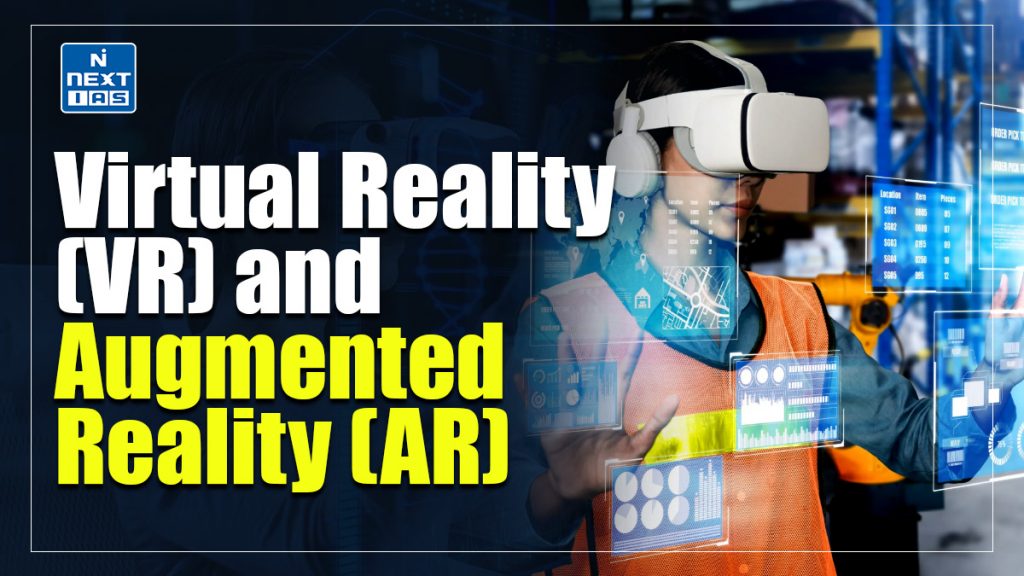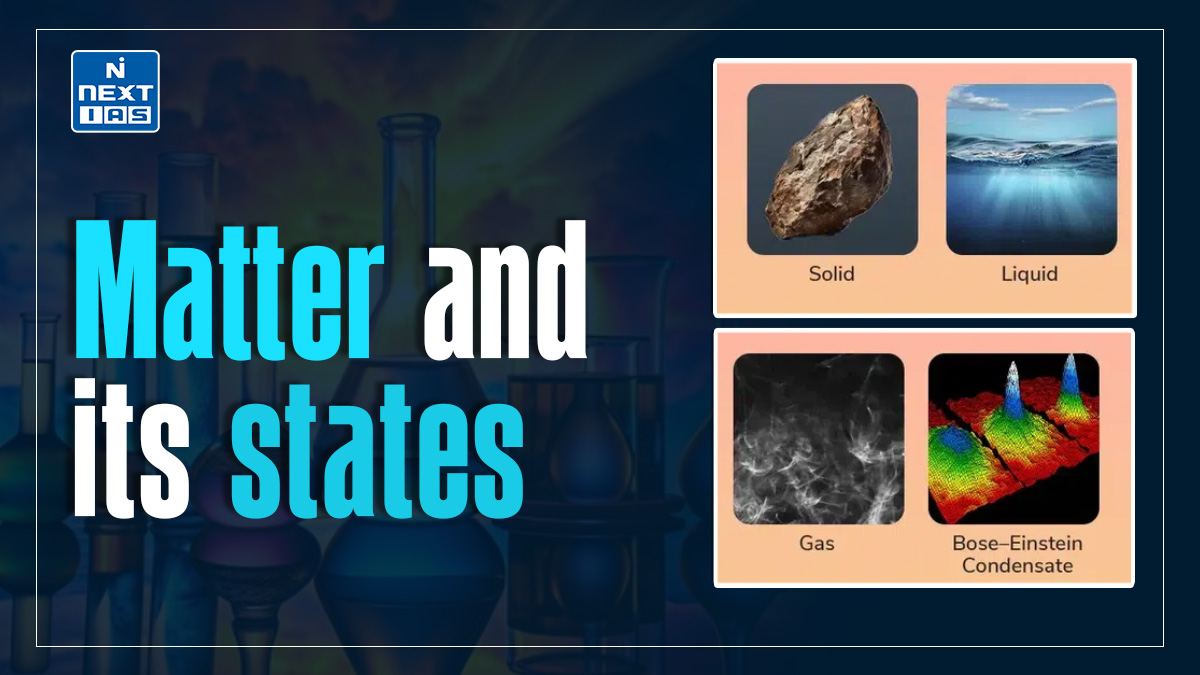
Virtual Reality (VR) and Augmented Reality (AR) are immersive technologies transforming interaction with digital environments. VR creates a fully virtual, interactive world, often experienced through headsets. AR overlays digital elements onto the real world via devices like smartphones or glasses. Both technologies revolutionize fields such as gaming, education, healthcare, and training.
About The Virtual Reality (VR) and Augmented Reality (AR)
- Virtual Reality (VR) and Augmented Reality (AR) are transformative technologies reshaping how we interact with digital content. VR immerses users in a fully digital environment, blocking out the real world to create lifelike experiences in gaming, education, and simulation. Users typically wear headsets like the Meta Quest or HTC Vive to explore these virtual spaces.
- AR, on the other hand, overlays digital elements onto the real world, enhancing reality rather than replacing it. This technology is used in applications such as Pokémon GO, retail (e.g., virtual try-ons), and industrial maintenance. AR devices range from smartphones to specialized glasses like Microsoft HoloLens.
- Both VR and AR are integral to fields like entertainment, healthcare, and training, with growing potential in the metaverse—a shared virtual space. Despite challenges like hardware costs and development complexity, these technologies continue to evolve, blending the physical and digital worlds.
Types of Virtual Reality (VR) and Augmented Reality (AR)
Types of Virtual Reality (VR)
- Non-Immersive VR
- Offers limited interaction, typically experienced through standard computer setups. Examples include video games or virtual tours.
- Semi-Immersive VR
- Provides a partial virtual experience using large screens or simulators. Common in flight or driving simulations.
- Fully Immersive VR
- Delivers complete immersion with devices like VR headsets (e.g., Meta Quest, HTC Vive) and accessories such as haptic gloves, creating a lifelike virtual environment.
- Collaborative VR
- Allows multiple users to interact in a shared virtual space, often used for team training or social VR applications.
Types of Augmented Reality (AR)
- Marker-Based AR
- Uses visual markers (like QR codes) to trigger the display of digital overlays through cameras.
- Markerless AR
- Relies on GPS, accelerometers, and gyroscopes to project AR content, as seen in apps like Pokémon GO.
- Projection-Based AR
- Projects digital information directly onto physical surfaces, enabling interaction without a device screen.
- Superimposition-Based AR
- Replaces or enhances parts of the real world with virtual content, such as AR surgery tools highlighting anatomy.
Both technologies cater to diverse applications in entertainment, education, healthcare, and beyond.
Applications of Virtual Reality (VR) and Augmented Reality (AR)
Virtual Reality (VR) and Augmented Reality (AR) have diverse applications across various industries:
VR Applications
- Gaming and Entertainment: Immersive games and virtual theme parks.
- Education and Training: Simulations for medical training, pilot practice, and military exercises.
- Healthcare: Pain management, mental health therapies (e.g., PTSD treatment), and surgical simulations.
- Real Estate: Virtual property tours for prospective buyers.
- Retail: Virtual stores allowing customers to shop in a VR environment.
- Social Interaction: VR chatrooms and events in the metaverse.
AR Applications
- Retail and E-commerce: Virtual try-ons for clothing, makeup, and furniture placement.
- Healthcare: Enhanced visualization in surgeries and medical diagnostics.
- Manufacturing and Maintenance: Overlays for equipment repair and assembly instructions.
- Education: Interactive learning through AR apps, such as anatomy visualization.
- Navigation and Travel: Real-time directions and landmark information.
- Gaming: Interactive, location-based games like Pokémon GO.
Both technologies enhance engagement, accessibility, and productivity across industries.
Benefits of Virtual Reality (VR) and Augmented Reality (AR)
- Enhanced Learning and Training
- VR enables immersive, hands-on training simulations in fields like medicine, aviation, and engineering, improving skills without real-world risks.
- AR overlays instructional content, aiding education and workplace training.
- Improved Design and Prototyping
- Architects and designers use VR/AR to visualize projects in 3D, enabling better decision-making and cost reduction.
- Healthcare Advancements
- VR assists in pain management, rehabilitation, and mental health therapies.
- AR aids surgeons by projecting critical data during procedures.
- Immersive Entertainment
- VR revolutionizes gaming, creating lifelike experiences.
- AR enhances interactive media and live events.
- Boosted Productivity
- AR tools improve efficiency in industries like manufacturing and logistics by streamlining tasks and error reduction.
- Improved Communication
- VR enables realistic virtual meetings, enhancing collaboration across distances.
- Retail and Marketing Innovation
- AR helps consumers visualize products, improving shopping experiences.
These technologies foster innovation across sectors, improving efficiency, safety, and user engagement.
Harmful effects of Virtual Reality (VR) and Augmented Reality (AR)
While Virtual Reality (VR) and Augmented Reality (AR) offer numerous benefits, they can also have harmful effects, including:
- Physical Health Issues
- Eye Strain: Prolonged use can cause digital eye strain due to intense screen exposure.
- Motion Sickness: VR users may experience nausea and dizziness caused by a disconnect between visual inputs and the body’s sense of balance.
- Injuries: Users immersed in VR may trip, collide with objects, or strain muscles.
- Mental Health Concerns
- Addiction: Excessive use of VR/AR for gaming or social interaction may lead to dependency and reduced real-world engagement.
- Dissociation: Overuse may blur the lines between virtual and real-life experiences, causing a sense of detachment.
- Social and Privacy Risks
- Isolation: VR can reduce face-to-face social interactions.
- Data Security: AR applications often collect sensitive user data, raising privacy concerns.
- Cognitive Effects
- Learning Challenges: Younger users might find it hard to distinguish VR from reality, impacting cognitive development.
Addressing these issues requires balanced use, ethical design, and robust regulations.
Way Forward
The future of VR and AR lies in advancing hardware, reducing costs, and enhancing accessibility. Innovations like lightweight AR glasses and more immersive VR headsets will drive adoption. Integration with AI will enable smarter, context-aware experiences, transforming industries like healthcare, education, and retail.
The rise of 5G and edge computing will improve real-time performance, while the metaverse promises interconnected virtual worlds. Collaboration between developers, businesses, and governments will be key to shaping ethical, inclusive, and impactful AR and VR applications.
Conclusion
Virtual Reality (VR) and Augmented Reality (AR) are revolutionizing how we interact with technology, blending the physical and digital worlds. As these technologies advance, they promise to enhance industries like entertainment, education, and healthcare, offering immersive experiences and practical applications that redefine creativity, communication, and problem-solving in everyday life.
GS - 3





